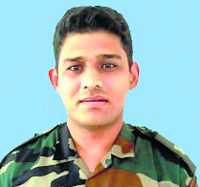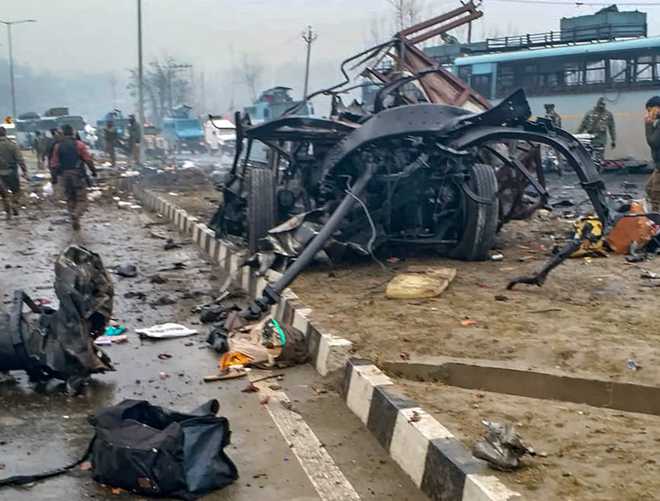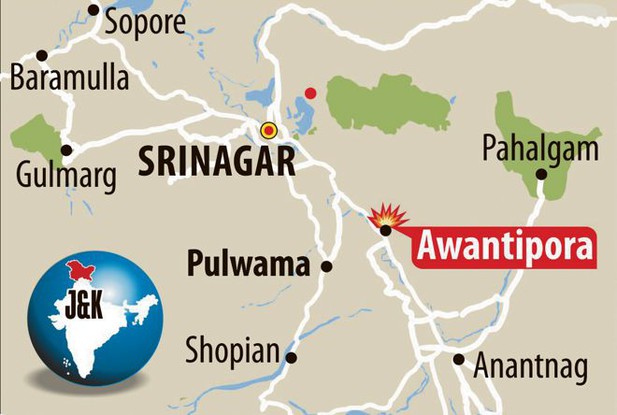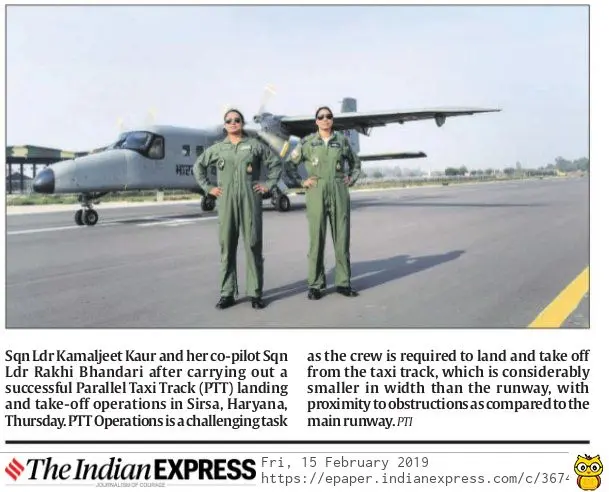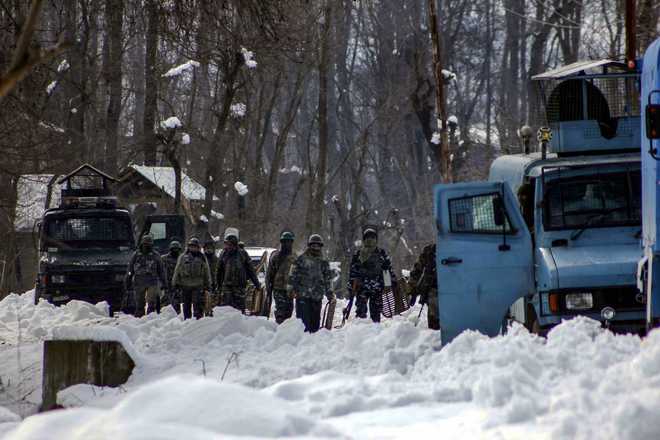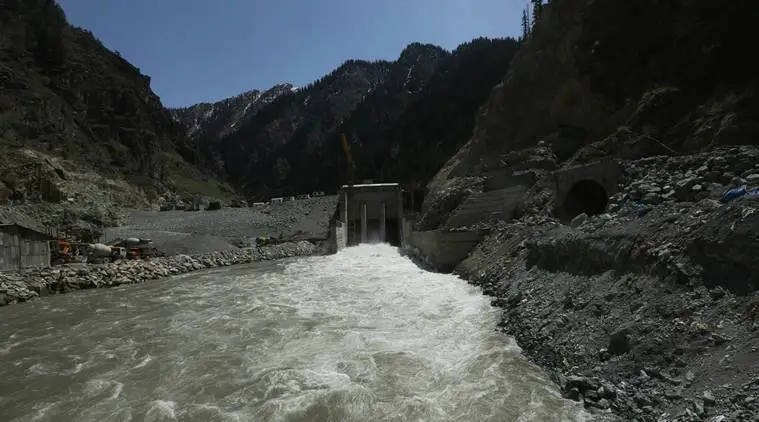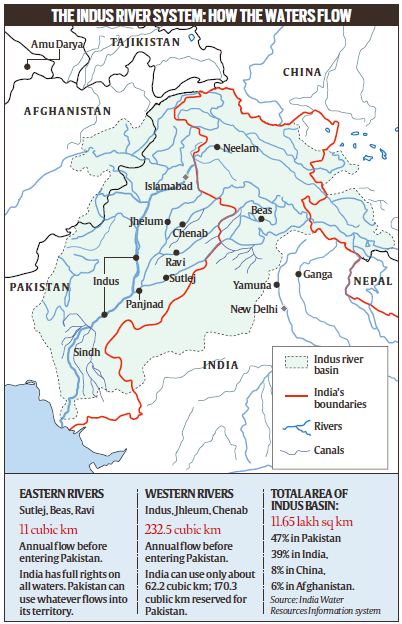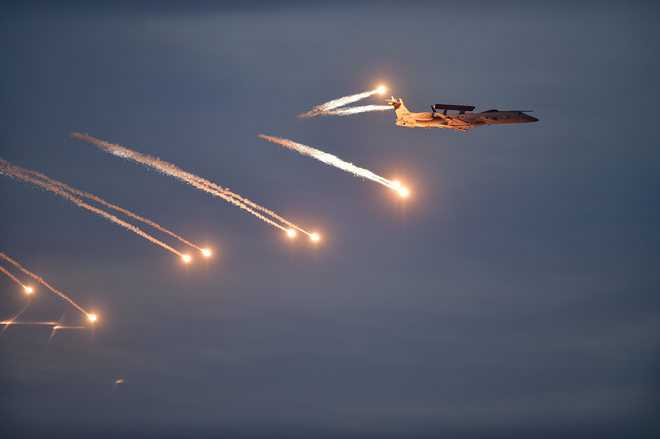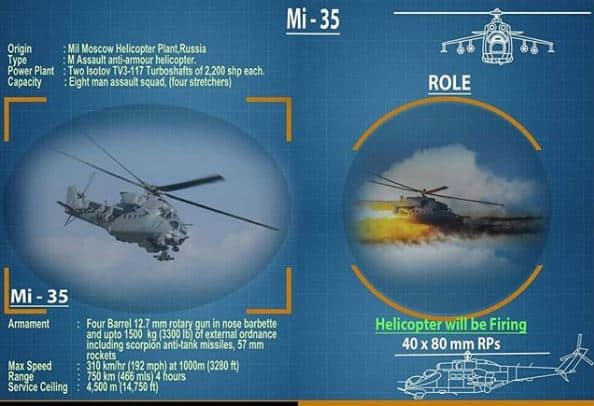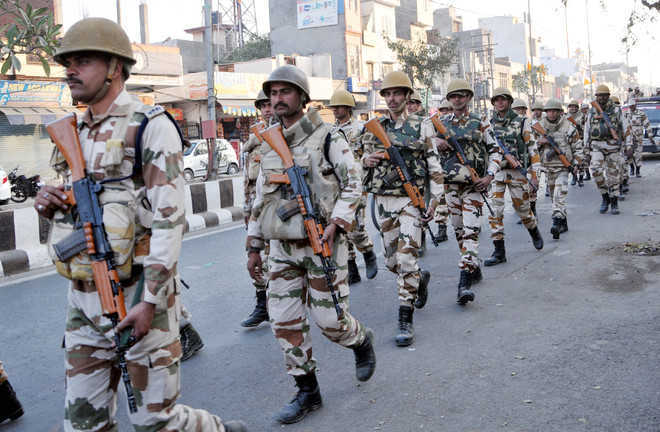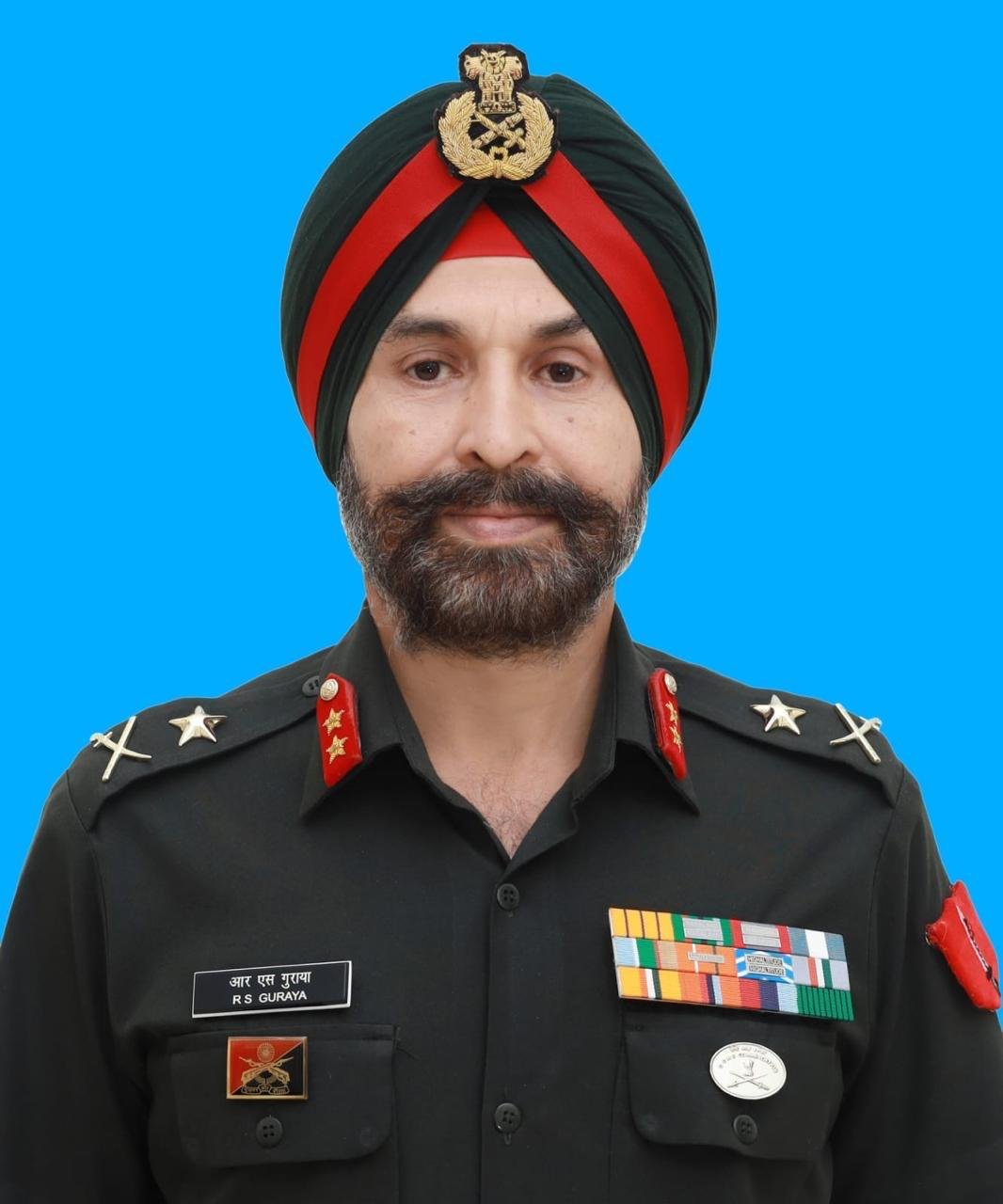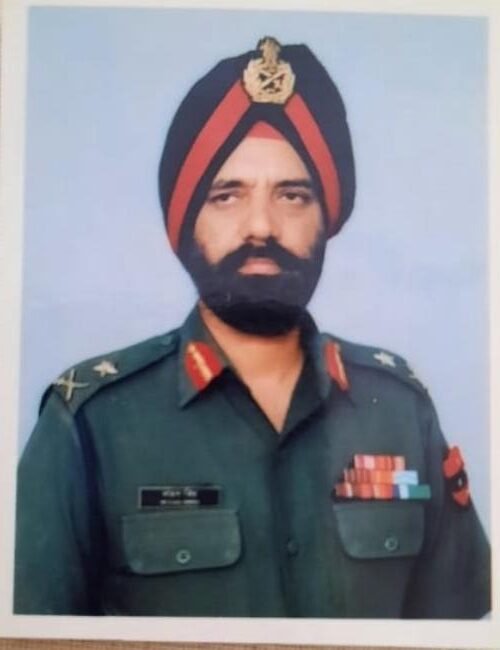Foreign policy and military strategy are often considered the two main prongs of external security. Both mutually drive each other particularly when it comes to dealing with an irksome and none too friendly neighbor such as Pakistan. India-Pakistan relations and the challenges therein are therefore largely dependent on foreign policy factors and military strategic issues which are ever prevalent in dealing with Pakistan. India has always to be mindful that Pakistan’s foreign and security policy is controlled by the Pakistan Army and much of the attitude that Pakistan exudes comes from its ‘deeper than the ocean, higher than the sky’ relationship with China. Regionally, its dynamic role in Afghanistan and the uncertain warm and cold relationship it enjoys with the US are themselves major challenges for India. Pakistan’s current economic insecurity drives it to even greater dependence on China and some Islamic countries and has potential of creating large scale internal turbulence. The security of its nuclear assets and its readiness to threaten India with the nuclear option remain areas of concern in our security considerations. Most of all Pakistan’s continuance of the proxy war in J&K without any let up and its propensity towards finding novel ways of keeping India on the defensive is often seen as one of India’s main security challenges.
Pakistan’s strategic aim while executing its India policy is primarily to prevent India achieving its aspirations/ambitions as a nation. It hurts Pakistan to see India progress and achieve respect in the world. In addition, retribution against India for the humiliating military defeat in 1971 and the loss of erstwhile East Pakistan drives its psyche. Keeping India militarily and diplomatically imbalanced and thus creating the conditions to integrate J&K to Pakistan remains one of its prime aims against India.
In order to execute its strategy to achieve its India specific aim it works constantly to prevent decisive military asymmetry in India’s favor. With a population one sixth that of India it maintains an army that is as much as half the size of India’s army. Colluding with China to pose a two front threat to India it is hopeful that in the event of a military standoff it will be able to divide Indian military deployment sufficiently to achieve a degree of advantage in force ratios on the Indo-Pak border and perhaps even in the hinterland areas of J&K. It has created a bogey of first strike in nuclear domain if threatened even conventionally, through a declared nuclear doctrine and actively uses the nuclear card to pose psychological threats. Psychological warfare is its forte to cause dissension, being fully aware of India’s vulnerable fault lines extending into faith, caste, linguistic, regional and ethnic domains. As a doctrinal guideline it prepares itself and remains ready to respond in the conventional conflict domain but employs 4th generation warfare to fight proxy war in J&K and elsewhere. It needs to be especially recognized that Pakistan has constantly managed risk and has mostly avoided crossing the threshold of India’s tolerance although it has made major mistakes as in the case of the Mumbai, Pathankot and Uri terror attacks.
Through the adoption and execution of its strategy against India, Pakistan appears to believe that it has foreclosed all options of Indian response. This belief is reinforced by the introduction of tactical nuclear weapons (TNWs) in its nuclear arsenal and continued projection that it will employ these as first strike against any Indian adventurism across the border. For Pakistan pro-active, full spectrum or limited war, none is to its advantage. Only proxy 4th generation war employing irregular proxies gives it an asymmetrical advantage. This combined with many other domains of non-contact warfare forms the hybrid war effort that Pakistan has been indulging in for the last three decades.
India has a range of response options against Pakistan. High end conventional war cannot be totally ruled out although in today’s international security environment it is a reluctant military concept with most nations. While China may be Pakistan’s trusted friend and ally and it may have its differences with India too there are enough mitigating factors prevalent to ensure that China will only assist Pakistan psychologically through projected border threats at the Sino-Indian border. China’s volume of trade with India, maritime vulnerability in the Indian Ocean through which its economy is sustained and the standing in the international community would constrain China from extending all out military support to Pakistan. The purpose of a potential Doklam 2.0 and beyond would be to psychologically bar India from raising its aspirations beyond a threshold from where it could pose a threat to China. If China was to consciously and proactively engage India in conflict Pakistan could be expected to also militarily engage India to support the Chinese and possibly at nearly full conventional level. This could be something akin to a worst case scenario for India but is not expected to present itself. The feasibility of China militarily engaging India on the northern and eastern borders in the event of limited Indo-Pakistan conflict appears even more remote but psychological warfare and posturing could well be options China would play out in support of its strategic partner.
There is no doubt that by doctrinally adopting the first strike nuclear option Pakistan has deterred India to some extent, in the conventional conflict domain. Doctrinally India has had to limit its earlier ambitions of a resounding victory in the conventional conflict domain. However, the limitation that India has had to adopt has also given rise to a proactive strategy in complete contrast to its earlier responsive doctrine. The proactive strategy could well be incident based (to Pakistan sponsored large scale terror strikes) or simply punitive strikes in response to the cumulative effect of a series of smaller Pakistan sponsored strikes.
Analysts have argued in favour of India’s proactive strategy with limited shallow objectives within the window of a nuclear threshold. Dr Nishank Motwani, writing in The Diplomat in Oct 2018, concludes “that small but significant shifts in Indian and Pakistani strategic thinking point to the viability of a limited conventional war under a nuclear threshold”. Indian Army Chief, General Bipin Rawat recently stated “that India would not be restrained from responding to Pakistani aggression and questioned Islamabad’s red lines for nuclear first use”. This was in response to a prevailing broad understanding that Pakistan would employ its TNWs against Indian Integrated Battle Groups (IBGs) at the very outset of a possible Indian limited response. The Indian thinking now revolves around the flexibility that India has chosen to project about its own second strike which could be of the magnitude of massive nuclear response to Pakistan’s employment of TNWs. A level of deterrence against early use of the nuclear option by Pakistan may have been achieved by India making known its intent.
There is an option that exists for India in the form of limited strikes across the LoC in J&K only. This must not be confused with the surgical strikes of Sep 2016 which were never aimed at achieving deterrence but only partial retribution against terrorists. These could be calibrated higher through strikes by Special Forces against Pakistan Army deployment which aids and abets terrorist infiltration. An even higher Indian calibration to progressively mount a series of strikes against selected Pakistan Army deployment could well draw limited Pakistani response. A limited war under such circumstances could well ensue within the nuclear threshold with a decided Indian advantage through the retention of the option to extend the conflict to the international border; something Pakistan would prefer to avoid.
It can be seen that potential military standoff between India and Pakistan is characterized by an ever increasing specter of uncertainty and complexity in which an erroneous assumption could spin the conflict in an uncontrollable direction. From a military strategic point of view this is an ever increasing challenge for the Indian Armed Forces stymied as they are by the non-availability of budgetary support for their optimization to face the increasing complexity of threats.
(This is an essay based upon the speech by the author at the recent seminar of Central University of Jammu on Strategic Challenges in India Pakistan Relations)
feedbackexcelsior@gmail.com








